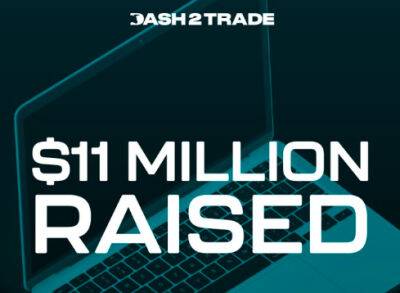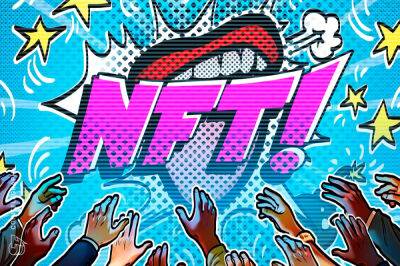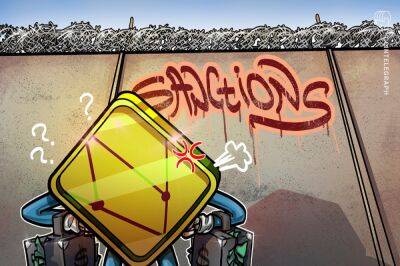What is an NFT whitelist, and how can you join one?
Crypto-based scams are constantly sweeping the nonfungible token (NFT) space; therefore, staying updated is the most significant way to prevent both new and existing NFT scams. Other than fraud, intense rivalry for newly minted NFTs may cause prices to rise and transaction fees to skyrocket, making them unaffordable for early supporters.
Nonetheless, these issues have been solved by NFT providers by establishing whitelists or allowlists, giving special privileges and access to a newly minted nonfungible token. Before public minting begins, nonfungible token projects employ allowlists to restrict who can mint NFTs. For example, one can mint NFTs without being concerned about gas wars if they are on the whitelist.
This article will discuss the NFT whitelisting concept and process, why NFT whitelists are used, and how to get on an NFT whitelist.
Whitelisting is a concept used in cybersecurity that refers to approving a list of IP addresses, email addresses and applications while rejecting everyone else. That said, it relates to granting special rights and access to a specific object.
In the NFT space, nonfungible token allowlists are a list of wallet addresses with exclusive minting rights, which ensures the ability to mint one or more NFTs before their scheduled release to the general public, often at a lower cost.
Related: How do you assess the value of an NFT?
A pre-mint, often carried out via a mint pass or an allowlist, gives community members and early backers a chance to the mint before the public sale opens. However, the difference between a mint pass and an allowlist is that a mint pass costs money to mint a certain amount of NFTs ahead of the general sale.
After compiling digital wallet addresses, early access to newly
Read more on cointelegraph.com




















